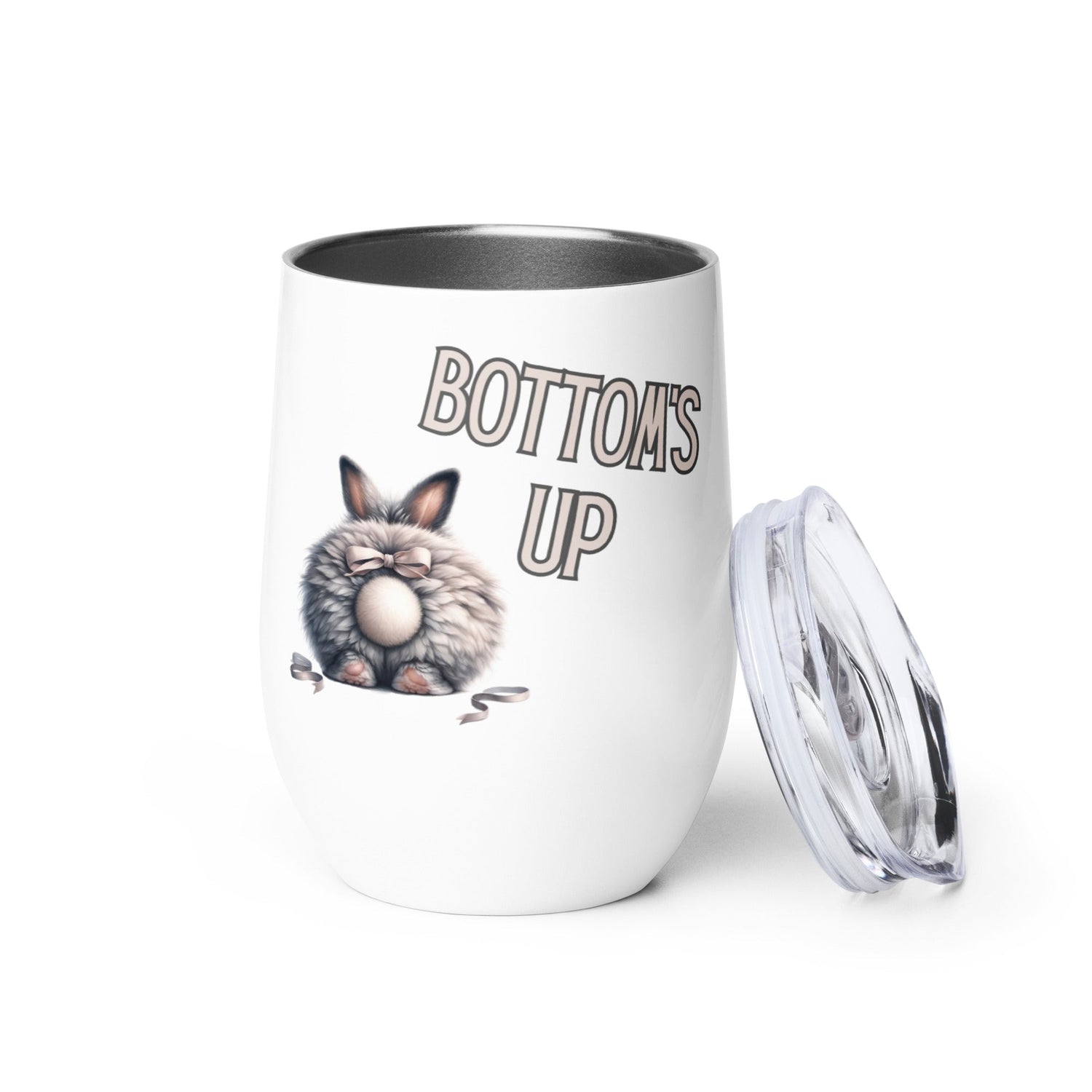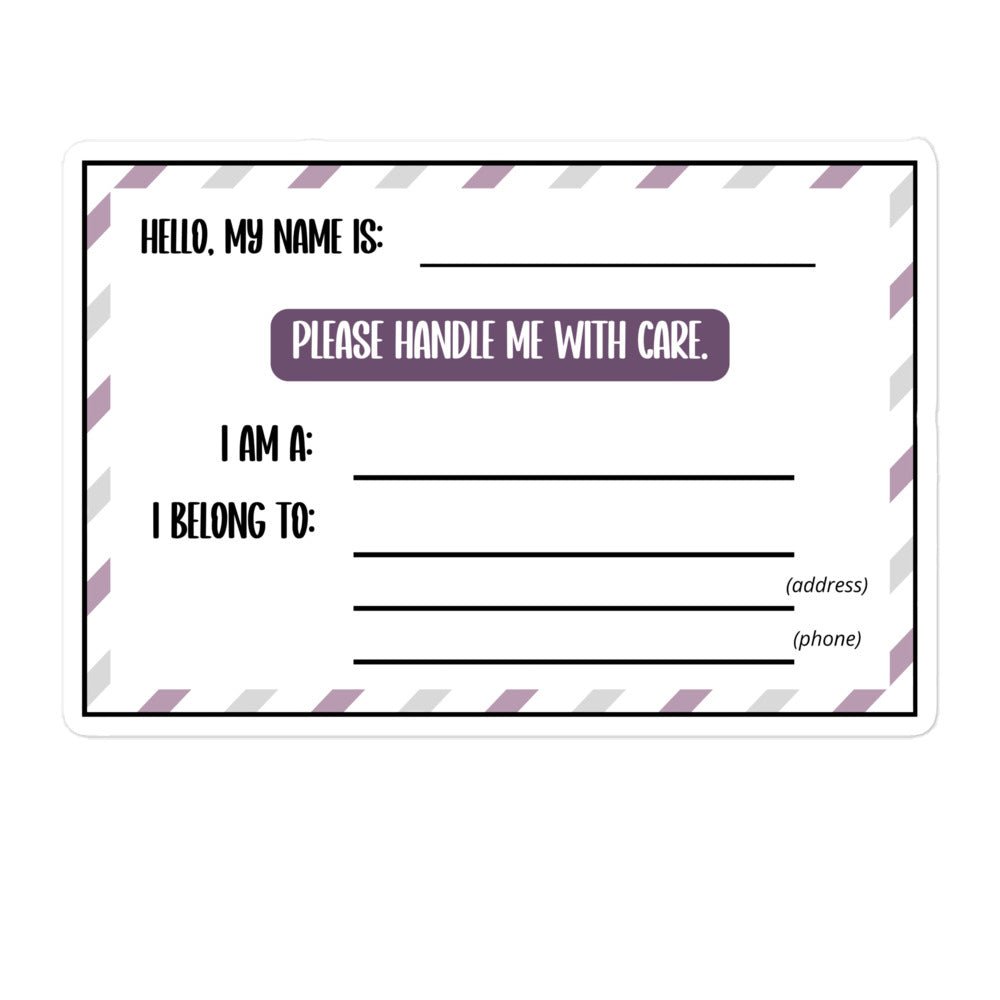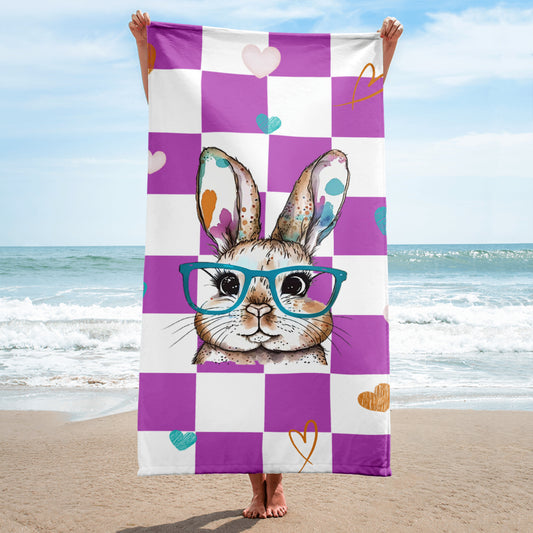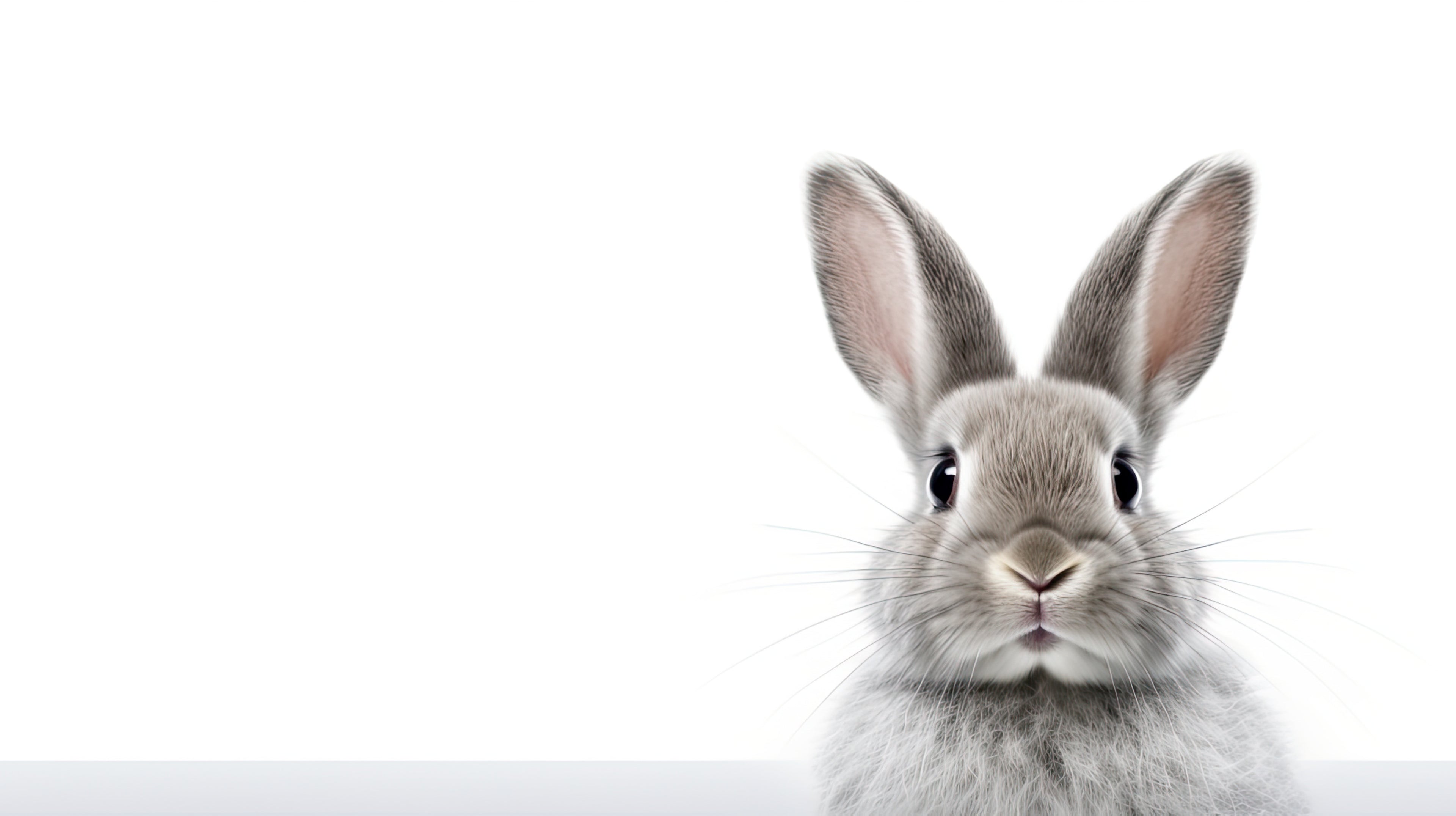If you’ve decided to add a new fuzzy family member to your household, congrats – you’re in for a lot of fun and bunny smooches! Although bringing a new bunny into your home is always a joyous occasion, it can also feel a little daunting. While we’re cute and sweet, we can also be quite the troublemakers. That’s why it’s so important to rabbit-proof your home and ensure you have everything you need to keep us safe and comfortable.
Get them a proper home
Let’s clear something up right away: those tiny cages you see at pet stores? Nope. Not gonna cut it. Unfortunately, many of the cages in animal shops advertised for us – rabbits – are, in reality, unsuitable. We bunnies need room to hop, stretch, and zoom around. Ideally, our enclosure should be at least four times our body length – but bigger is always better! This is important for our physical and mental health.
And while we love hanging out with our humans, we also need a home base where we can relax and feel safe. This should include a hay box, food and water bowls, and a litter box. Use my New Bunny Checklist (part of my Bunny Care Printables) to make sure you’ve purchased everything your friend needs!

Bunny-proof your environment
We may look cute and innocent, but don’t be fooled, we can be quite the troublemakers! When given the chance, we’ll gladly chew and dig on almost anything, whether it’s your phone’s charger or your favorite band’s poster. That’s why it’s critical for you to prepare your home already before we arrive.
The first thing you should pay attention to is the wires and cords. Remove them whenever we’re roaming around. You don’t want to risk us getting electrocuted! Another great solution is to use special coverings for your wires. The thicker material is less likely to be interesting for us, so we likely won’t try to chew on them.
Wooden furniture legs – well, that’s another story! There’s nothing yummier and crunchier than this. Well, maybe just books, moldings, rug corners, or pretty much anything that we can get in our mouths. If you don’t want us to destroy your home, it’s best to keep your beloved things out of our reach.
Get us some food
If you can’t tell by now, we – bunnies – are big eaters. In fact, it may sometimes seem like our bellies are never full, but don’t be tricked!
So what should you feed us? The bottom of the bunny food pyramid includes long-stemmed fiber (usually hay). We are grazing animals, after all, so we need something to nibble on throughout the day (we’re basically tiny cows)! Although some bunnies are bigger foodies than others, most enjoy timothy, brome, orchard grass, and oat hay.
To feel and look our best, we also need fresh veggies and fruit and some pellets as part of our diet. However, note that – despite our hungry eyes and love for carrots – we have sensitive digestive tracts. So whenever you’re introducing new foods, you should do it gradually. Check out our Bunny Care Printables for our New Food Introductory Log to help you stay on track with your new bunny's care.
Set up a litter box
If there’s one thing that gets on our nerves, it’s a mess. We love to keep our home tidy and clean, which is why we prefer to do our business in one place.
When preparing to have a new bunny join your household, make sure to get a litter box. A simple cat litter box or storage bin works great, but avoid clay or scented litters – those can be harmful to us.
Place it near the water and food bowl, and your bunny will quickly learn to use it.
Don’t forget about toys
While we certainly appreciate a good snack, there are other activities – besides eating – that we enjoy. I don’t want to brag, but we are known to be clever and curious, which is why we need exercise and stimulation to keep us entertained. Whether that’s chew toys we can gnaw on or tunnels we can relax in, make sure there are plenty of options for fun!
In fact, you should aim to have at least an hour of play per day to keep us happy. My Bunny Care Printables includes a Bunny Chore Chart for Kids. Use it to ensure there’s enough play time every day!
Schedule a vet visit
Nobody loves doctors, but sometimes even bunnies have to do something they don’t like. When a new bunny joins your home, you should take it for a vet check-up to ensure there are no underlying health issues.
Remember, we are prey animals, which means we don’t like to show symptoms of illness. That’s why our owners must be extra attentive to our needs.
Pay attention to our behavior. If we’re acting strangely, we might not be feeling our best! In my Bunny Care Printables, you’ll also find a Bunny Care Schedule and a Bunny Health Check which allows you to follow your furry companion’s behavior and lists care tasks for your bunny to thrive.
Prepare for grooming
One of our best qualities is the fact we are naturally clean animals. Nevertheless, looking this good takes work, and you’ll need to help us.
How exactly? Make sure to purchase nail clippers. If our little nails are too long, they can get snagged or even cause pain in our paws. Likewise, our beautiful fur should be brushed regularly. Otherwise, we might ingest it (yeah, not smart), which can cause serious health issues (yes, we groom ourselves, but we can’t cough up hairballs like cats do).
Final thoughts
If you’ve decided to adopt a bunny, you’re about to experience some of the greatest love there is! Taking on a new rabbit is a rewarding and fun experience, but despite popular myths, we’re not an ‘easier’ alternative to a dog or cat. Like any other pet, we need good care and quality time to live a long and hoppy (and happy!) life, and that starts with proper preparation even before we arrive.
Don’t panic yet – with my Bunny Printables, you’ll ensure nothing is forgotten before your new best friend joins the family! Take a look at them here, and follow my blog for more tips and tricks on bunny care.
 FAQ
FAQ
How long can bunnies be left alone?
Bunnies are social animals that don’t like being left alone for too long! A few hours is fine, but if you’ll be gone all day, make sure your furry friend has plenty of hay and fresh water.
How to care for a bunny for beginners?
Start with the basics: a spacious enclosure, a bunny-proofed home, a diet of mostly hay, and plenty of love and interaction.
What are rabbit housing requirements?
Think big! Bunnies need space to hop, run, and stretch – minimum four times their body length, but the bigger, the better!
Stay tuned for more hopping good tales and tips from yours truly, Chester!
Paws and kisses,
Chester the Bunny 🐰









1 comment
Thank you so much for this post. It is quite informative. I am seriously considering adopting a mini lop. I am retired and at home by myself mostly. I live in the heart of cattle country, Eastland, Tx. I am already looking at pens and hutches. I have already spoken to a vet about the medical needs of mini lops. Thanks Alot.